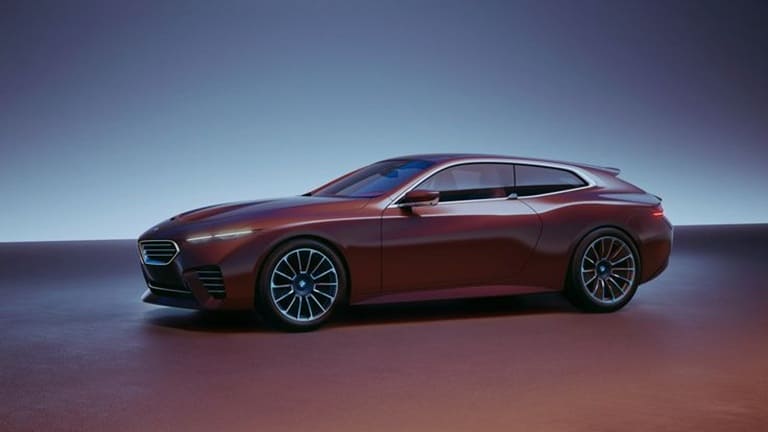In the fast-evolving world of automotive marketing, visual storytelling has emerged as the driving force behind successful campaigns in 2025. With consumers demanding immersive, authentic, and emotionally resonant experiences, brands are reimagining how they connect with audiences—leveraging everything from high-impact videos to cutting-edge CGI. Let’s explore the visual storytelling trends that are redefining automotive marketing this year.
What is Visual Storytelling?
Visual Storytelling is the art of conveying a narrative primarily through visual media—such as videos, photos, infographics, animations, and interactive graphics. In marketing, it’s about using these mediums to communicate a brand’s values, showcase products, and foster emotional connections that drive engagement and loyalty.
Why Visual Storytelling Matters in Automotive Marketing
- Faster Engagement: Visuals are processed up to 60,000 times faster than text, making them essential for capturing attention in crowded digital spaces.
- Emotional Resonance: A compelling visual narrative can evoke strong emotions, enhance brand recall, and simplify complex information—crucial for showcasing advanced automotive technology and features.
- Passive Participation: Videos and animations allow viewers to absorb information effortlessly, making it easier to communicate the lifestyle and benefits associated with a vehicle.
Key Visual Storytelling Trends for 2025
| Trend | Description & Impact | Examples of Visual Storytelling |
| Video Dominance | Short-form videos on TikTok, Instagram Reels, and YouTube reviews are now central to automotive marketing. Brands use these to showcase vehicles in action, highlight features, and build emotional connections. | A 30-second Instagram Reel showing a car’s design evolution; YouTube test drive reviews. |
| Immersive Experiences (AR/VR) | Augmented and virtual reality let customers explore cars in 360°, customize features, and even simulate driving experiences from home. | Virtual showrooms, AR apps that let users “place” a car in their driveway. |
| Interactive Content | 360-degree views, interactive ads, and “build your own car” tools allow users to engage deeply and personalize their experience. | Interactive web ads where users select colors and trims; clickable infographics. |
| User-Generated Content (UGC) | Brands encourage customers to share their own photos and videos, building authenticity and trust while expanding reach. | Social campaigns featuring customer road trip stories or car customization photos. |
| Power of Visual Storytelling with CGI | Computer-generated imagery (CGI) lets marketers create hyper-realistic visuals and dynamic scenes that would be costly or impossible to film in real life. CGI is used for product launches, futuristic concept cars, and dramatic driving sequences. | Teaser videos for new models using CGI to visualize features; animated explainer videos. |
The Power of Visual Storytelling with CGI
CGI has revolutionized how automotive brands present their vehicles. With CGI, marketers can:
- Showcase Unreleased Models: Create lifelike renderings of concept cars and upcoming releases.
- Demonstrate Features Safely: Simulate crash tests, off-road adventures, or weather conditions that are hard to capture on camera.
- Enhance Creativity: Build futuristic, cinematic worlds that capture imagination and set brands apart.
Examples of Visual Storytelling in Automotive Marketing
- Lexus on Instagram Stories: Uses high-res images and video to narrate the experience of driving their latest models, highlighting both design and technology.
- Renault’s Motion Ads: Combined static images and short motion graphics to lower advertising costs and increase engagement.
- Tesla’s YouTube Channel: Publishes educational videos explaining software updates and features, blending storytelling with valuable information.
Looking Ahead
As we move further into 2025, visual storytelling will continue to evolve—driven by AI-powered personalization, cross-platform integration, and ever-more immersive experiences. For automotive marketers, mastering these trends is no longer optional; it’s essential for standing out and building lasting relationships with today’s digital-first consumers.
If you’re wondering what visual storytelling is or how to harness the power of visual storytelling with CGI, now is the time to experiment, innovate, and put your audience at the center of every visual narrative you craft.
